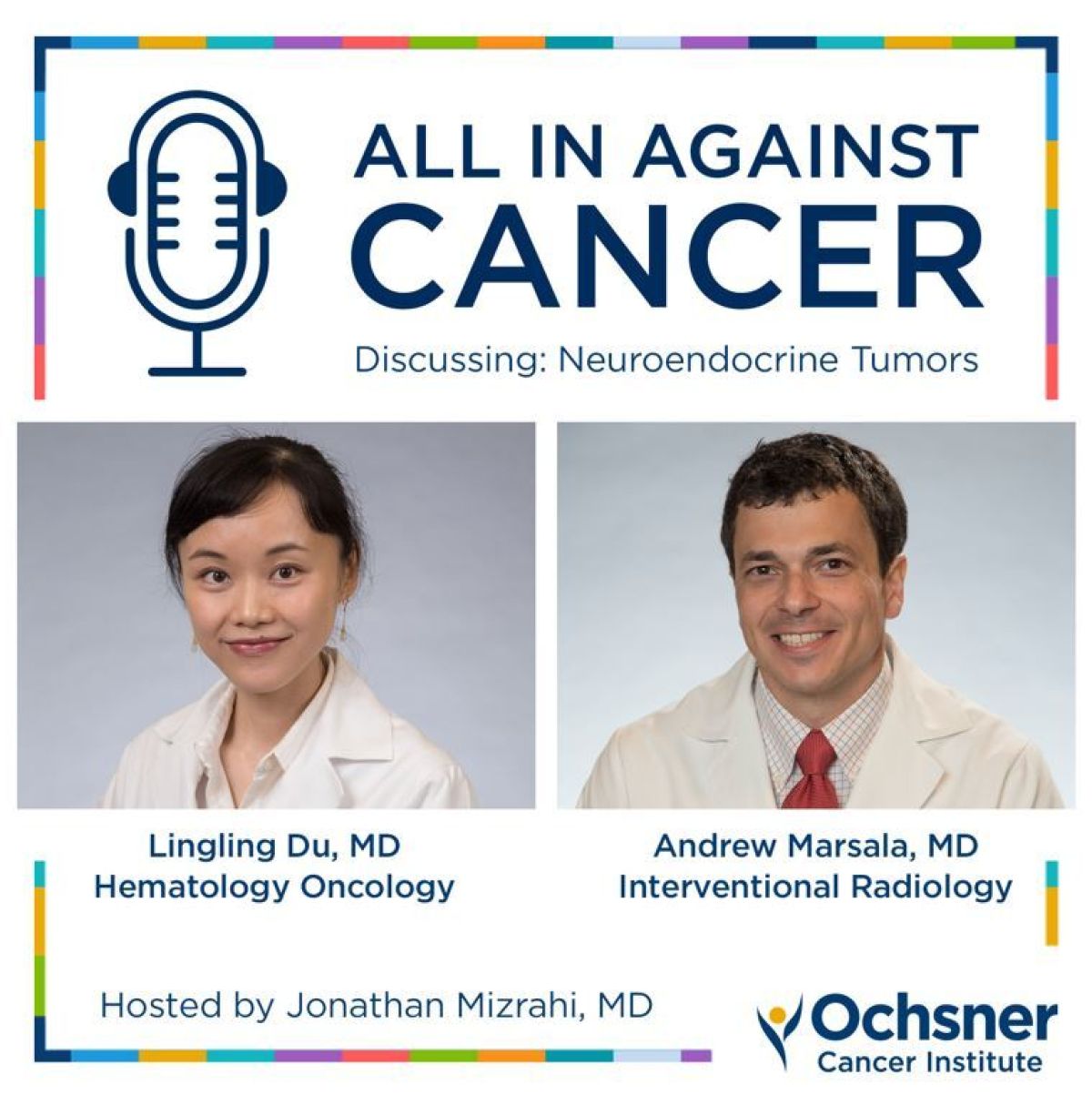Cancer treatment options
Your cancer treatment plan depends on several factors, including the type of cancer, your overall health, and whether the goal is to cure the cancer, stop it from spreading, or relieve symptoms. Based on these factors, you may receive one or more treatments.
An important part of treatment is recognizing and reporting side effects early.
Chemotherapy
Chemotherapy, also called “chemo,” uses drugs to destroy cancer cells. There are many types of chemotherapy, so how you feel during treatment may differ from others.
How does chemotherapy help?
Chemotherapy can:
-
Destroy cancer cells
-
Stop cancer cells from spreading
-
Slow the growth of cancer cells
Chemotherapy may be used alone or with other treatments. It can help other treatments, like surgery or radiation, work better. Be sure to talk to your doctor or nurse before taking any medicine, vitamins, or herbs, as some can affect how chemotherapy works.
How Is chemotherapy given?
Chemotherapy can be given in different ways:
-
Through an IV (intravenously)
-
As a shot (injection) into a muscle or other part of your body
-
In pill or liquid form that you swallow
-
As a cream rubbed on your skin
When will I get chemotherapy?
Chemotherapy is often given in cycles — treatment periods followed by rest periods to help your body heal and build healthy cells. Your doctor or nurse will provide a schedule, and you can ask for a written copy.
How will I feel during treatment?
Everyone reacts differently to chemotherapy. Some people feel well enough to keep their normal schedule, while others feel more tired. Many side effects can be managed or prevented. Talk with your doctor or nurse about what side effects you might experience and how to manage them.
Radiation therapy via the CyberKnife system
At Ochsner Lafayette General’s CyberKnife Center, we use the CyberKnife system for highly accurate radiation treatment.
The CyberKnife system has two key features that make it unique:
-
A robotic arm that can direct radiation from over 1,200 angles to target tumors. This helps deliver a stronger dose of radiation compared to standard radiation therapy.
-
X-ray and video cameras that track the tumor’s position during treatment, even if the tumor moves as you breathe, allowing precise targeting.
Radiation therapy uses energy (ionizing radiation) to kill cancer cells and shrink tumors. It damages cancer cells’ genetic material, making it impossible for them to grow and divide. Most healthy cells can recover from radiation, but the goal is to limit damage to healthy tissue.
Radiation therapy can be used to shrink tumors or relieve symptoms, and doctors aim to spare as much healthy tissue as possible.
What are the three types of radiation therapy?
-
External radiation therapy: Radiation comes from outside the body.
-
Internal radiation therapy (brachytherapy): Radiation is placed inside the body.
-
Systemic radiation therapy: Radioactive materials are used throughout the body.
Your doctor will determine the type of radiation you need based on factors like your cancer type, location and overall health.
Surgery
In most cases, surgery removes the tumor and some surrounding tissue to help prevent the cancer from returning. In some cases, nearby lymph nodes may also be removed.
The side effects of surgery depend on the tumor’s size, location, and the type of surgery. Recovery time varies from person to person, and it is common to feel tired or weak afterward.
Some people worry that surgery might spread cancer, but this rarely happens. Surgeons use careful methods to prevent cancer cells from spreading. For example, they may use different tools for different areas to reduce the risk of spreading cancer.
At our center, medical oncologists work with specialists, including general surgeons, urologists, and surgical oncologists, to ensure the best care.
Hormonal therapy
Hormonal therapy helps stop cancer cells from getting or using the hormones they need to grow. This type of therapy can be given through drugs or surgery.
-
Drugs: Medicine that stops the production of certain hormones or blocks them from working.
-
Surgery: The removal of organs (such as the ovaries or testicles) that produce hormones.
Side effects can include weight gain, hot flashes, nausea, and changes in fertility. In women, it may cause irregular periods or vaginal dryness. In men, it can lead to loss of sexual desire, impotence, and breast tenderness.
Biological therapy
Biological therapy works with your immune system to fight cancer or manage side effects from other treatments like chemotherapy.
Biological therapy vs. chemotherapy
Although both biological therapy and chemotherapy fight cancer, they work differently. Biological therapy helps the immune system fight cancer, while chemotherapy directly attacks cancer cells.
How does biological therapy fight cancer?
Biological therapy may:
-
Slow the growth of cancer cells
-
Help the immune system destroy cancer cells
-
Prevent cancer from spreading
Examples of biological therapy treatments
-
BCG (Bacillus Calmette-Guérin): Treats bladder cancer
-
IL-2 (Interleukin-2): Treats certain cancers
-
Rituxan (Rituximab): Treats non-Hodgkin’s lymphoma
-
Herceptin (Trastuzumab): Treats breast cancer
Cancer vaccines
Cancer vaccines are a form of biological therapy given after cancer is diagnosed. They can help your body fight cancer and prevent it from returning. Research is ongoing to understand how cancer vaccines can help treat different types of cancer.
Each cancer treatment plan is personalized based on your needs and goals. Talk to your doctor about your options and how you can manage side effects. At Ochsner Cancer Center of Acadiana at Lafayette General Medical Center, we’re here to help guide you every step of the way.






